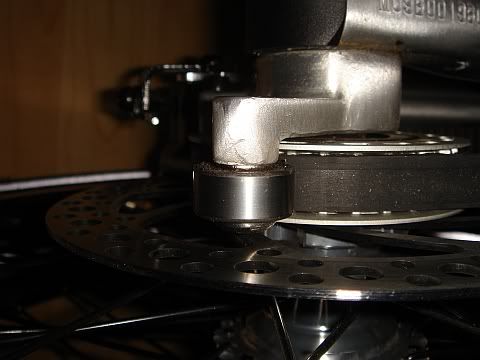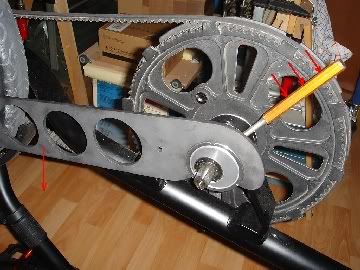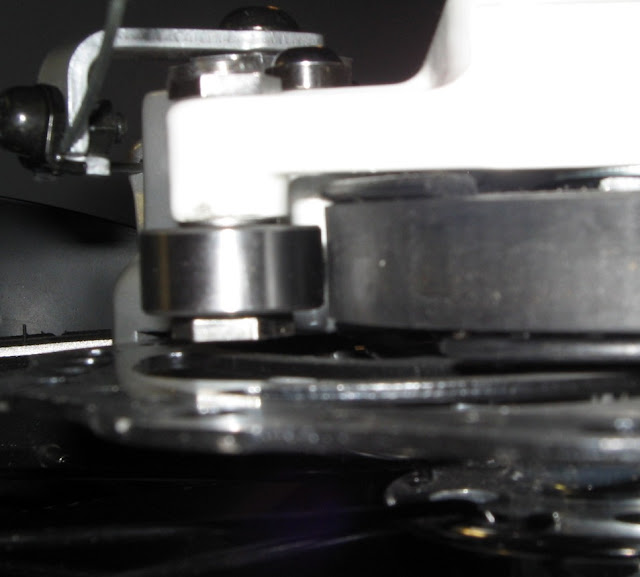Hi Googleg,
welcome to Stridaforum!
I’m sorry to hear about your troubles, doing the same upgrade a few months ago I had no problem, but my Strida’s are 5.2, they seem to have a different snubber.
I guess your snubber looks like this:
http://picasaweb.google.co.uk/Human.Amp/StridaTech#
(Pictures by Human Amp)
This is the 5.2 snubber:
Do you see the difference?
For my opinion the belt seems to be to loose.Adjusting belt tension? ]
At first , you have to loosen the big groove nut with the correct tool (doing this by a hammer and a drift punch might damage the groove nut), then you should be able to loose the tension bolt with a 6 mm Allen key ( you actually used a screwdriver ?).
Thanks for your pictures, I noticed something strange on them:
Here is some additional information from Hongkong Strida Club http://www.hkstrida.org/ :
strida.us strida.com web site for more info.
D) More FAQ’s
Snubbers
Best regards


